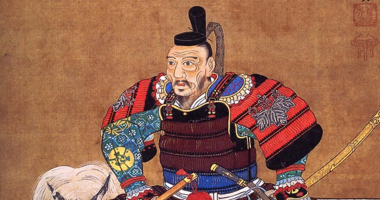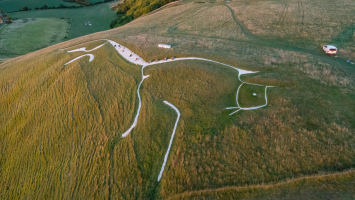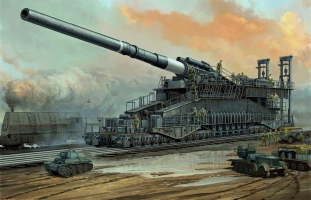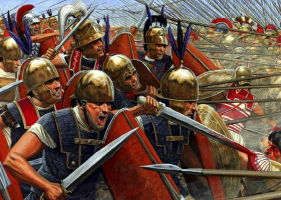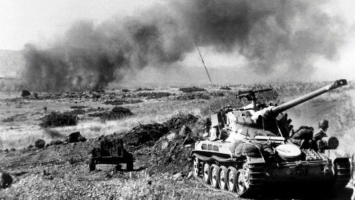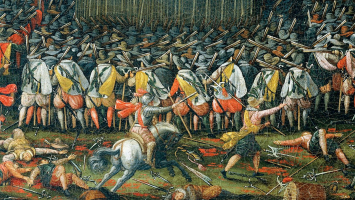Top 10 Most Remarkable POW Escapes in History
In order to escape their captors and return to their homes and duties, prisoners of war have done so throughout history. The majority of these attempts have ... read more...failed, but this hasn't stopped others from risking their lives in daring escapes. Some have managed to reach safety after making daring escapes thousands of miles from their homes. Many escapes, including the 1944 Great Escape from the German Stalag Luft III at Sagan, which is now in Poland, have gained notoriety. During World War II, the German fortress Colditz Castle rose to reputation for the numerous daring breakouts from its ostensibly impenetrable grounds. Here are some lesser-known escapes that needed a lot of bravery and tenacity on the part of the escapee.
-
In 1943, the Americans seized Georg Gartner in Tunis and took him to a POW camp in New Mexico. After the war was over in September 1945, he actually managed to flee from the Americans. His motivation sprang from the Soviet occupation of his Lower Silesia birthplace. Gartner decided to profit from his American guards' relaxed post-war attitude rather than risk being repatriated into the hands of the Red Army. He managed to leave the camp by squeezing between the gates and boarding a train, whose schedule he had been familiar with while in jail. He traveled to California on the train.
Gartner continued to wander about while picking up odd jobs and eventually developing a new identity. Despite the FBI conducting a massive manhunt for the escaped prisoner, he managed to get identification that identified him as Dennis Whiles and included a Social Security card. He was on the FBI's Most Wanted List for 18 years, and his wanted poster was displayed across the country. He later relocated to Boulder, Colorado, where he worked in the construction industry, but he persisted in remaining undetected. He had two adopted children by this time, and he was married. In the end, he was unable to keep his background a secret because of the marriage.
His reticence to talk about his life before 1945 alarmed his wife, and eventually he told her the truth. She pushed him divulge his secret, which he did in 1985 in front of the public, including a visit to the Today Show on NBC. He was not detained or expatriated by the US authorities, and in 2009 he was granted citizenship. Prior to that, he returned to Germany in the 1980s, which led to the divorce of his wife and his ultimate return to the United States. The only German POW from World War II held in American captivity passed away in 2013 in Loveland, Colorado, 68 years after eluding American custody.Birth name: Georg Gärtner
Other name(s): Dennis F. Whiles
Born: December 18, 1920Schweidnitz, Lower Silesia(now Świdnica, Poland)
Died: January 30, 2013 (aged 92)Loveland, Colorado, U.S.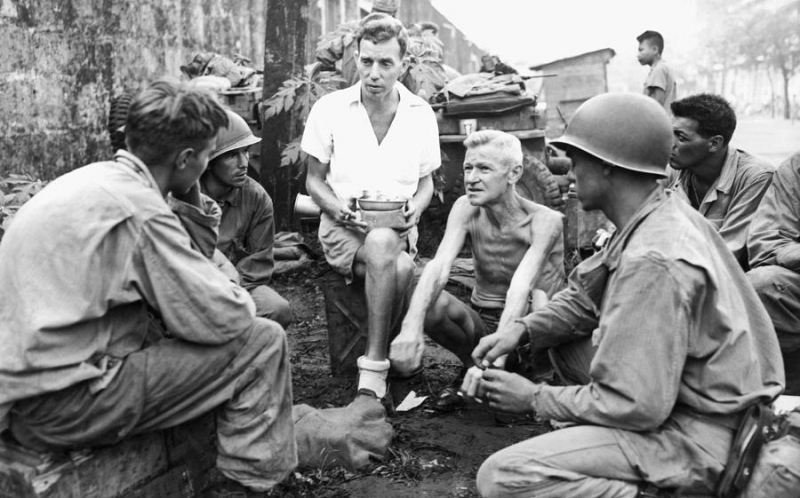
https://fineartamerica.com 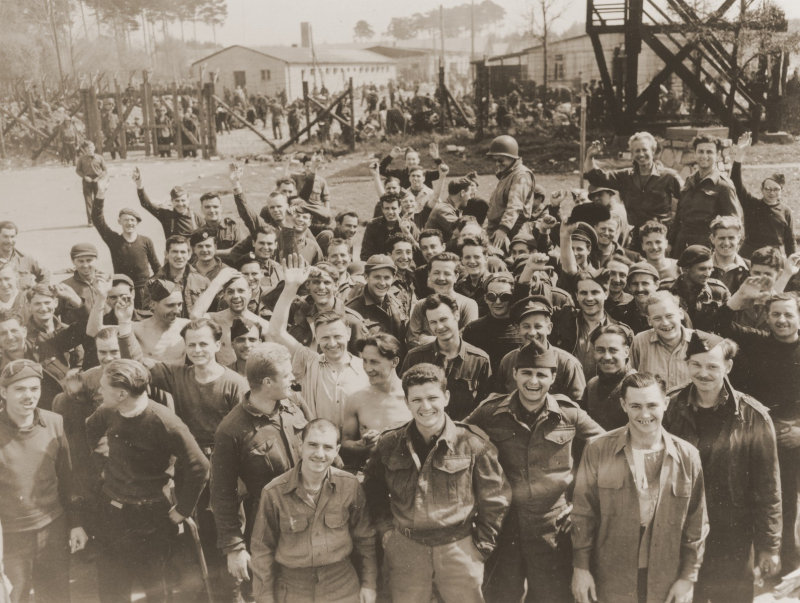
https://collections.ushmm.org/ -
Before being killed by the RAF during the Battle of Britain, Franz von Werra was a successful German fighter pilot who flew over Poland and France. Before being transported to Canada and arriving there in January 1942, von Werra attempted multiple failed escape attempts while being held in several British POW camps. From Montreal, the convicts were transported by train to a location beyond Lake Superior. Von Werra jumped out a window and out of the speeding train into the chilly Canadian night. After walking for roughly 30 miles, he reached the frozen St. Lawrence River above Ogdensburg, New York, and crossed it before turning himself in to American authorities. The United States was then neutral in the war, so he got in touch with the German Consulate.
The German consul paid von Werra's bail and then assisted the German officer in escaping to Mexico, which is likewise neutral, despite the Canadians' demands for extradition. Von Werra next journeyed to the neutral country of Brazil, after which he went to Spain, fascist Italy, and eventually Germany, where he was welcomed back to active duty in 1941 as a national hero. In the US, his escape made major news. He is known to have won 21 aerial battles, including 13 after escaping from Canada, against the French, British, and Soviets.
On October 25, 1941, while in flight, Van Werra's plane fell into the water, most likely as a result of an engine failure. He was never discovered. He was the sole German POW to successfully flee British/Canadian custody and return to Germany during the conflict.Born: 13 July 1914Leuk, Switzerland
Died: 25 October 1941 (aged 27)North Sea, off Vlissingen, German-occupied Netherlands
https://www.listal.com 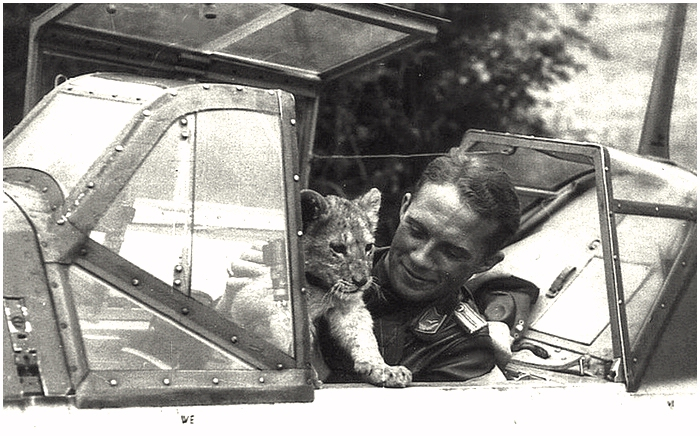
https://www.strijdbewijs.nl -
Henri Giraud, a career commander in the French Army, was severely wounded while leading a detachment of Zouaves in a bayonet charge in the first month of World War I. When the French departed the battlefield, they left their captain behind, presumed dead. He was seized by the Germans, who then had his injuries repaired and transferred him to Belgium as a prisoner of war. After spending months in detention, he broke free, concealed by posing as a traveling circus, and with Edith Cavell's help, he was able to journey back to France via the Netherlands. The Germans later executed Cavell by firing squad for assisting Allied POWs in escaping.
Giraud remained a member of the French Army throughout the duration of the conflict and the years following it. He was the 7th Army's commander and a general during the start of World War II. On May 19, 1940, Giraud was captured by the Germans and imprisoned in maximum security at Konigstein Castle for the next two years as he meticulously planned and arranged his escape. He utilized code to communicate his ideas to his family, who then set up contacts within the Resistance to assist him. He shaved his distinguishing mustache, constructed a homemade rope, and secretly obtained a map of the area, all of which changed the way he looked.
Giraud utilized his rope to scale the mountainside where his prison was housed on April 17, 1942, and make his getaway. He got in touch with the Resistance, who helped him acquire the documents and disguise he needed to travel by rail to the Swiss border. There, he crossed on foot to elude the Gestapo border patrols who were on the hunt for him. Following his surrender to the Swiss, Heinrich Himmler attempted to murder him when he returned to Vichy France. In each of the two World Wars, Giraud managed to flee from the Germans, displaying great bravery and daring.
Born: Henri Honoré Giraud, 18 January 1879 Paris, France
Died: 11 March 1949 (aged 70)Dijon, France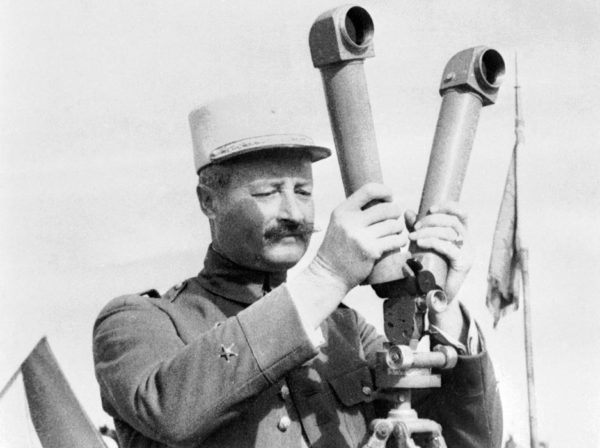
https://www.abebooks.com/ 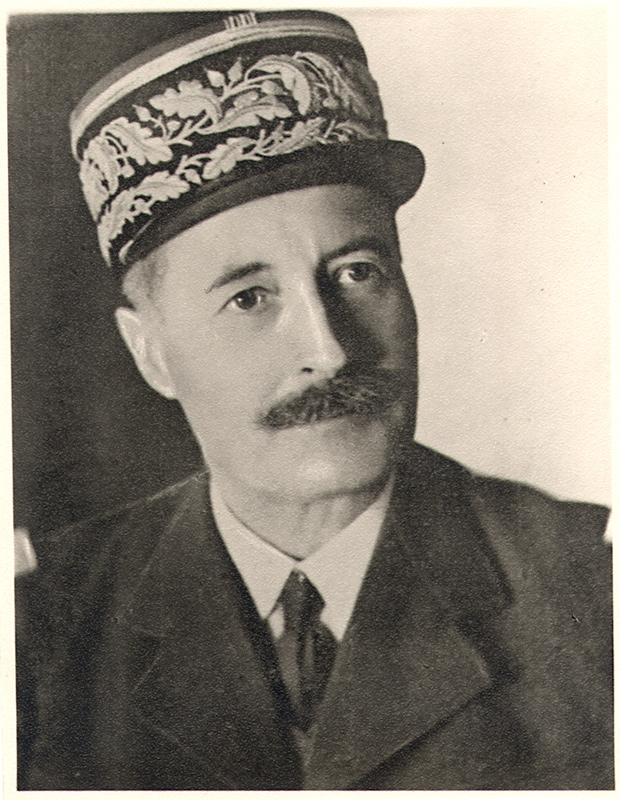
http://www.festung-koenigstein.de/ -
American soldiers and volunteers participated in the Soviet Civil War and the Soviet-Polish War after World War I. Merian C. Cooper, an American pilot of Polish ancestry, was one of them. Cooper was shot down behind Soviet lines in July 1920, then captured and taken to a prisoner of war camp. He had been downed three times throughout the conflict. After at least one failed attempt at escape, his captors deemed him to be a handful and sent him to a camp for forced labor outside of Moscow.
He made the decision to flee after being prepared to be put to death by firing squad, which may or may not have been a Soviet bluff. After nine months in jail, he teamed up with two Polish captives to make another escape. Over 430 miles later, they had traveled to Latvia and were there when the war came to an end. Cooper read Russian fairy tales while he was imprisoned, including one named The Crocodile in which a wild gorilla kidnaps a young girl.
He was obviously impressed by the fairy tale. Cooper developed and directed the epic movie King Kong, which was published in 1933, rather than writing about his undoubtedly terrifying escape from the Soviet Union and Bolshevik armies during the 1930s. While in Soviet detention, Cooper penned an autobiography that was published in 1927; however, the following year, he had all copies of the book acquired and destroyed. Later, during World War II, he served as a staff officer with the renowned Flying Tigers in China and with the Fifth Air Force in the Pacific Theater.Born: Merian Caldwell Cooper October 24, 1893Jacksonville, Florida, US
Died: April 21, 1973 (aged 79)San Diego, California, US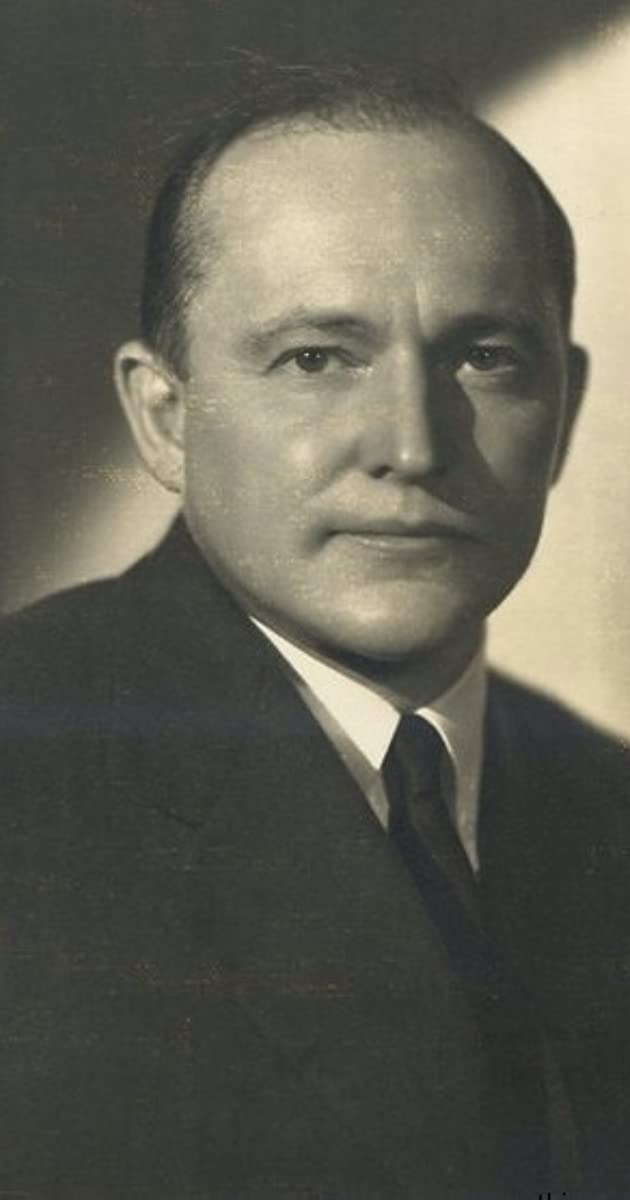
https://en.wikipedia.org 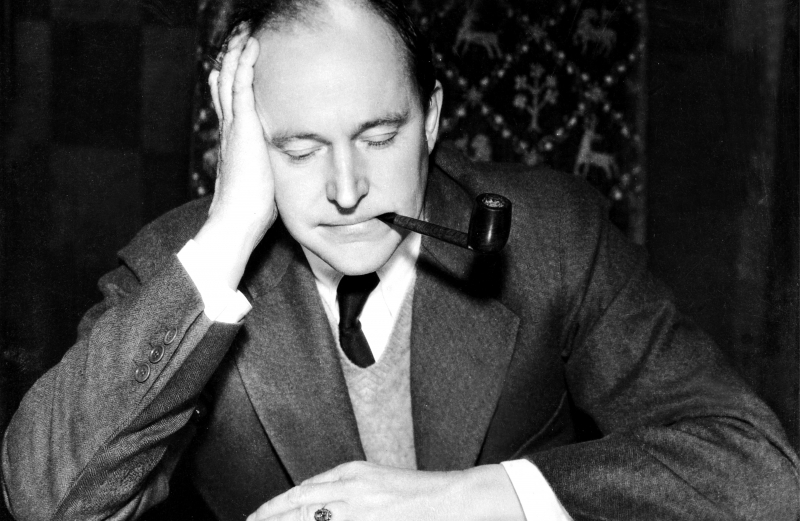
https://dev.tcm.com/ -
When World War I started in 1914, world-famous aviator Gunther Plüschow was serving in the German Army in Tsingtao, China. He traveled to the United States and boarded a ship bound for Italy, but due to poor weather and ship damage, it had to dock at Gibraltar, where the British captured him. He was housed in Donington Hall, a prisoner of war camp in Britain, by May 1915. He left the camp in July and made his way to London. At first, he mixed in with the crowd, going to the British Museum as a visitor and snapping photos for mementos. He dressed shabbily and started to prowl the London docks when British newspapers started publishing articles about the German lieutenant who had fled and was on the run.
Eventually, Plüschow managed to board a Dutch ship, either by stowing away or by buying crew members. He should have been interned upon arrival in the Netherlands because it was a neutral country at the time, but he managed to avoid capture and return to Germany where he was detained and suspected of being a spy. He was treated like a hero and the Germans publicized his escape as part of their propaganda campaign after he was able to persuade the German government that the story of his captivity and escape was accurate. The tale was published in 1916 by Plüschow.
Despite his skill as an aviator, the Germans prevented him from serving in the war, and after the war, he furthered his notoriety as an explorer in South America. In January 1931, he was slain while on a Patagonia excursion. In either World War, Plüschow was the only POW to manage an escape from a camp in Britain and return to Germany.Born: February 8, 1886
Died: January 28, 1931
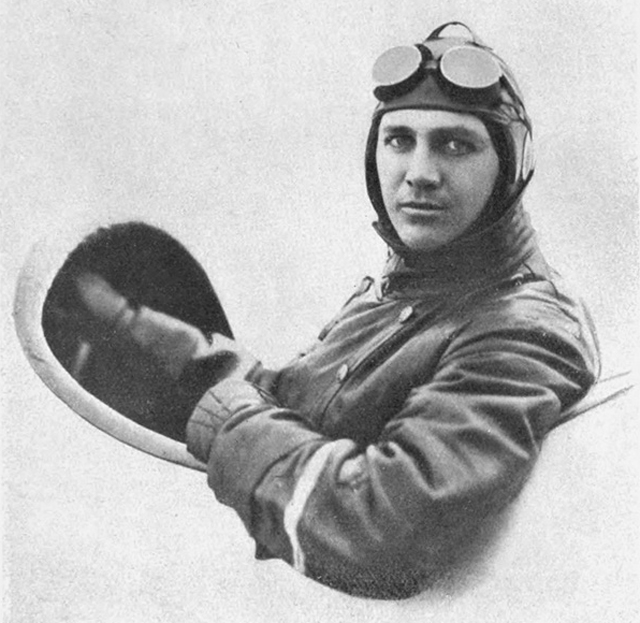
https://www.lostlaowai.com/ 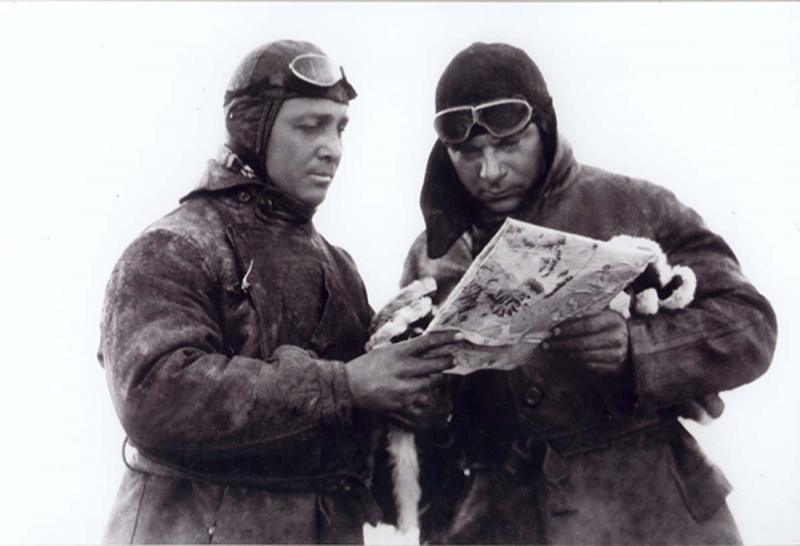
http://dokugaa.com -
Today, Roland Garros is most known for the tennis arena bearing his name, which hosts the French Open. Garros was an enthusiastic early aviator, an automotive salesperson, and a biker prior to World War I. He became the first pilot to shoot down an adversary aircraft by firing forward from the fuselage during World War I by attaching wedges to his aircraft's propeller, which allowed him to fire a machine gun through it without destroying it.
Before his own aircraft was shot down by anti-aircraft fire in April 1915, Garros shot down three German aircraft. He was taken prisoner by the Germans and taken to a POW camp. Over the next three years, he was moved from camp to camp until, in 1918, he and another prisoner managed to escape by dressing in German uniforms and leaving the camp. They slowly made their way through Germany, blending in with the throng rather than avoiding them by camping in cemeteries. They eventually made it to the Netherlands before traveling to London and then returning to France.
In late 1918, Garros rejoined the French Air Service. He was shot down and died in the Ardennes just a few weeks before the Armistice went into effect. The guy who had maps of Germany smuggled to him in prison in the hollowed-out handles of two tennis rackets had little to do with tennis, nor did he play in the French Open, also known as the Roland Garros Tournament in France. The maps helped him in his courageous flight in 1918.Born: 6 October 1888Saint-Denis, Réunion, France
Died: 5 October 1918 (aged 29)Vouziers, Ardennes, France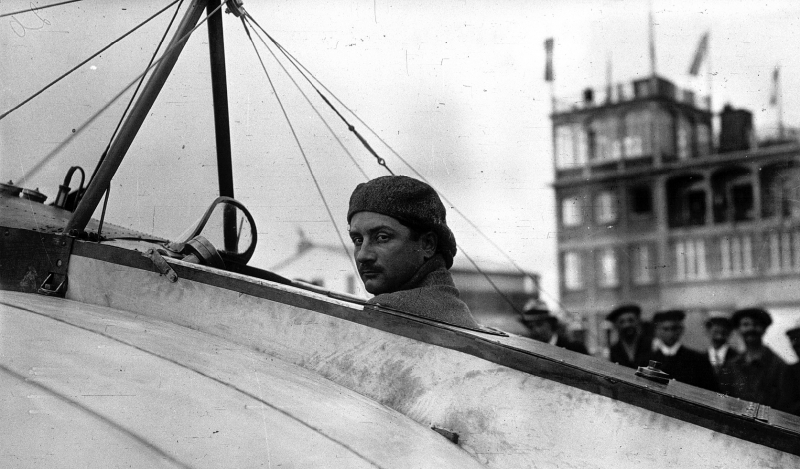
https://history.info/ 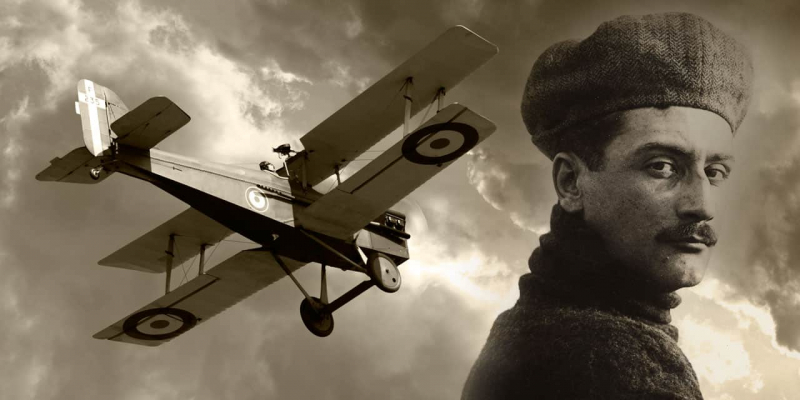
https://lesaviateurs-rennes.com/ -
Winston Churchill visited South Africa in 1899 while serving as a correspondent for the British Morning Post. He was riding in an armored train when Boer soldiers shelled it in October. Churchill escaped the derailment of the train and was taken prisoner by the Boers, who kept him as a prisoner of war in a camp in Pretoria. Churchill, who was barely 25 at the time, was unconvinced. He managed to leave the camp in December. Winston had intended to leave the camp with two other people, but due to unforeseen events, he was left alone outside the camp after scaling a wall that was concealed by a toilet. He was also unsure of how to go to safety.
Churchill took a train through the night by hiding in a coal car after traveling by foot to Pretoria. He hid along the railroad during the day and returned at night to board another train. He started to walk when there were no trains in the area. He went in this way every day for more than a week, evading searchers on the trains by delving far into the coal. He eventually made it to safety in the British-occupied region, where his successful escape earned him a lot of fame and recognition. He had been thoroughly sought after by the Boers, in part due to his own daring before making his getaway.
Churchill had left a note for his former captors behind. He questioned their right to imprison a noncombatant like him as a prisoner of war. Churchill responded in an acerbic manner to the Boer Under-Secretary of War, "Regretting that circumstances have not permitted me to offer you a personal farewell, Believe me, Yours sincerely, Winston S. Churchill," in his letter. He became instantly well-known on both sides of the Atlantic as a result of the news of his escape, which also helped advance his political career.Born: Winston Leonard Spencer Churchill 30 November 1874Blenheim, Oxfordshire, England
Died: 24 January 1965 (aged 90)London, England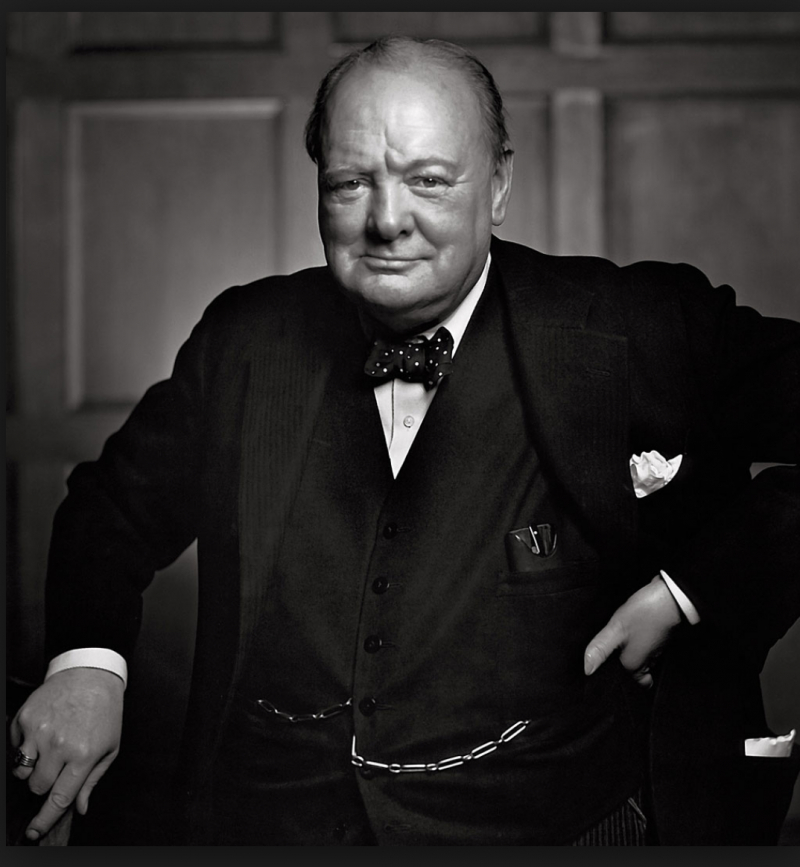
https://robskinner.net/ 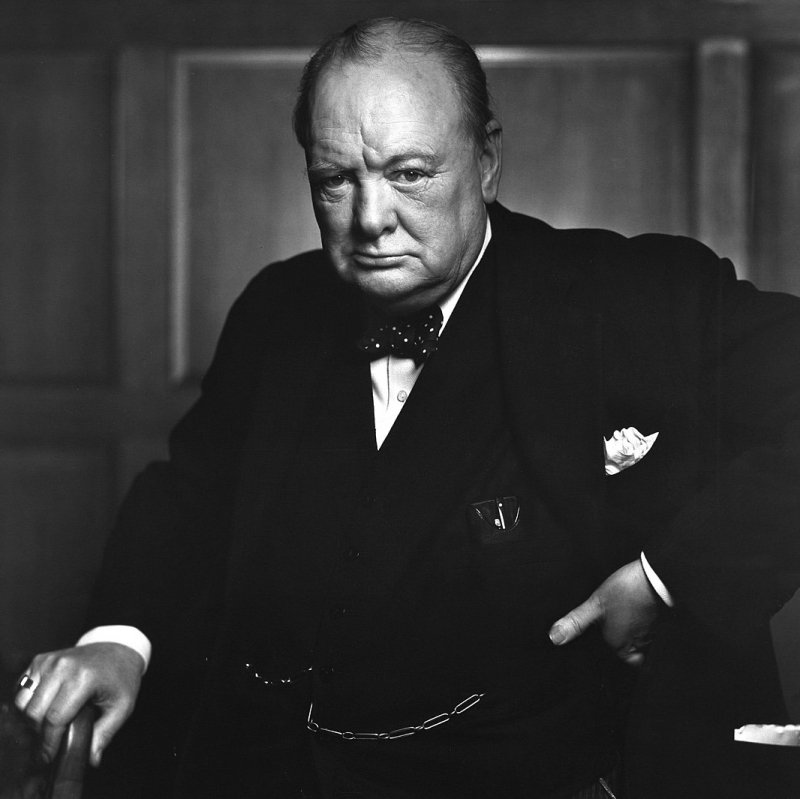
https://www.thecelebritydeaths.com -
Confederate cavalry general John Hunt Morgan terrorized the locals during an 1863 raid over the Ohio River into Indiana and Ohio. Despite carrying out his expedition against the orders of his senior officer, Braxton Bragg, the South was electrified by his audacity. But it was all in vain; Morgan's Raid was crushed in Ohio, and the majority of his troops perished, were captured, or fled as deserters. Along with a number of his officers, Morgan was taken prisoner of war and kept in Columbus' infamous Ohio State Prison.
Morgan and several of his officers cut a hole through the stone walls of their cells and into the prison yard using spoons and a fireplace poker. They abandoned their cells on November 27, 1863, climbed over the prison's outer wall with a blanket rope, and fled into the night. To avoid federal forces in Cincinnati, they boarded a train headed there from Columbus, hopped off before they arrived, and then made their way through the night over fields to the house of a known Confederate sympathizer. They arranged with a boatman to cross the Ohio River into Kentucky from there. They were led to safety in Tennessee by more Confederate sympathizers as they passed through the Union lines.
Morgan was reinstated in charge despite having disobeyed orders and launched his expedition, which cost him a vital cavalry regiment. Since some of his attacks in Kentucky and Tennessee were illegal, Confederate authorities removed him from command in 1864. Up until the time of his death in September 1864 at the hands of Union troops, he assembled a group of outlaws and carried out separate raids. Only a few of inmates managed to successfully escape the Ohio State Penitentiary throughout its 150-year history, including Morgan and his crew.
Born: June 1, 1825Huntsville, Alabama, U.S.
Died: September 4, 1864 (aged 39)Greeneville, Tennessee, U.S.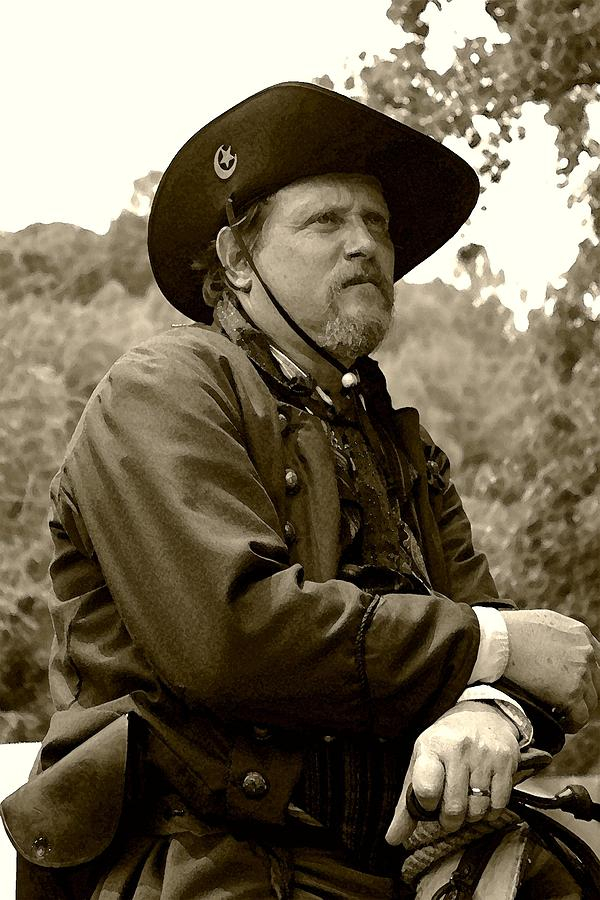
https://fineartamerica.com/ 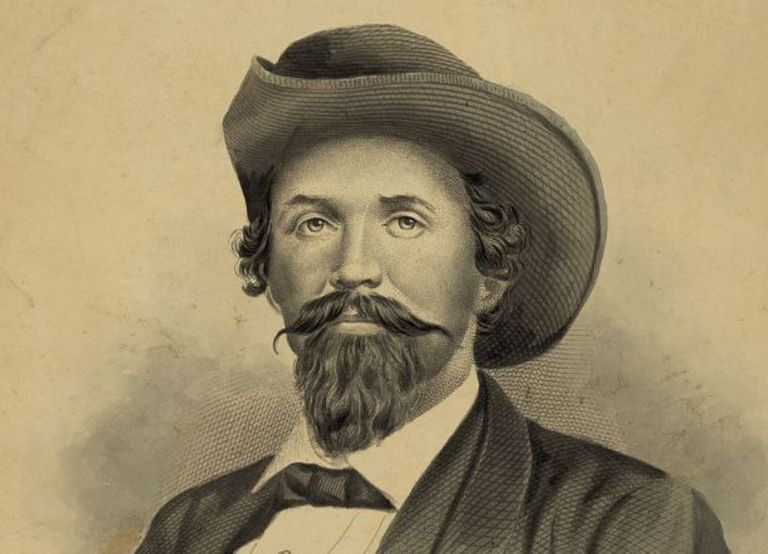
https://www.pinterest.com -
When the Revolutionary War landed in Kentucky and Ohio, the frontiersman Simon Kenton was already well-known. Kenton was well-known to the Shawnee of the Ohio Valley and was a close friend of Daniel Boone as well as one of the first settlers in Kentucky. Kenton was taken captive by the Indians in 1778 after several years of conflict between the Shawnee and the White settlers of Kentucky. The Shawnee made the decision to provide Kenton the same "honors" they bestowed upon their worst foes. These included many types of torture, such as the gantlet.
The gantlet was made up of two rows of Native Americans, some of them women, who were equipped with clubs, poles, and leather straps. Kenton was made to run between them, taking the beatings without being able to fight back. Before the Shawnee believed he had earned enough respect, they marched him to Detroit where their British allies paid a ransom for the prisoner. He reportedly raced the gantlet up to nine times. In the winter of 1778–1779, Kenton walked the distance to the British outpost.
He managed to escape from his captors in July of that year. Since Kenton had to travel more than 400 miles across hazardous territory inhabited by the Shawnee and many other tribes before reaching home, the British opted against pursuing him. The British believed they would soon either see Kenton or his head. They were mistaken. Simon evaded the avidly pursuing Indians for nearly 30 days as he traveled from Detroit to the Falls of the Ohio (modern-day Louisville). After engaging in too many adventures to mention, Kenton rose to fame as a legendary frontiersman in American history.Born: April 3, 1755 Prince William County, Virginia
Died; April 29, 1836 (aged 81)New Jerusalem, Logan County, Ohio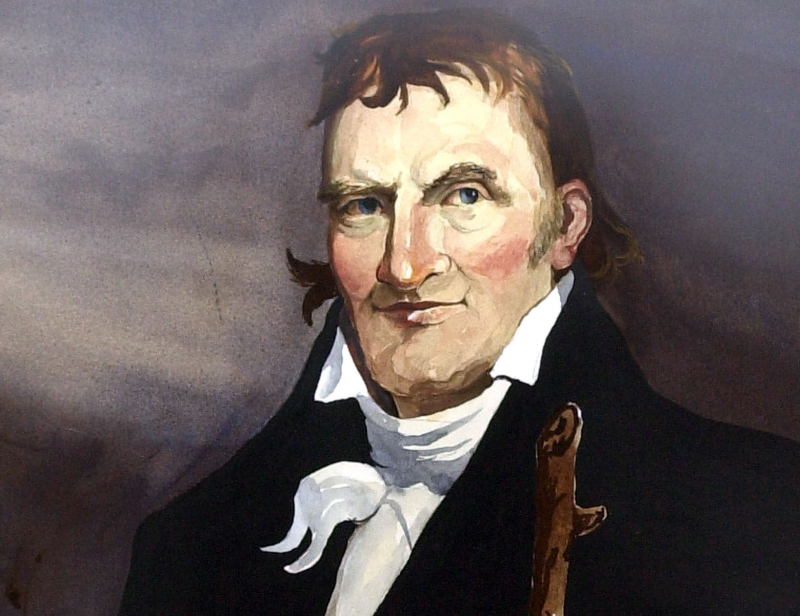
https://www.pinterest.com/ 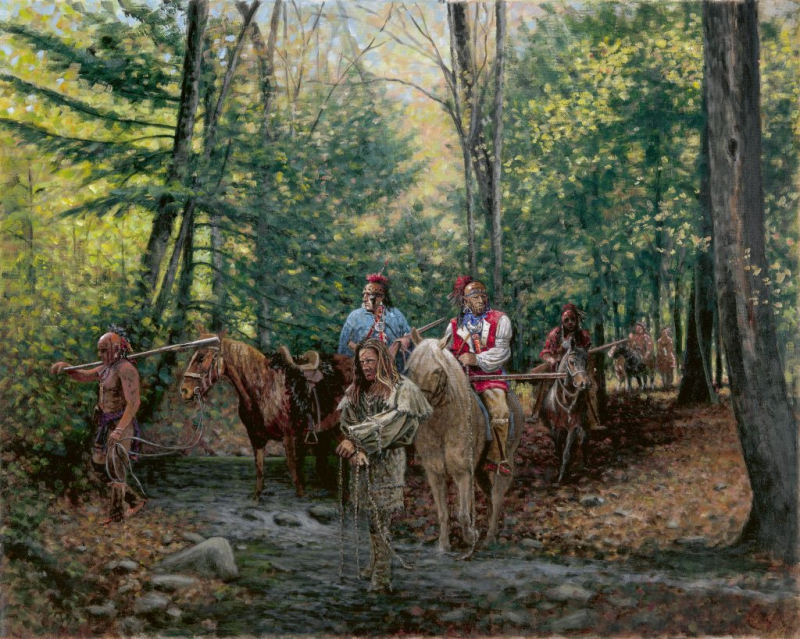
https://frontierpartisans.com/ -
It would be an extreme understatement to call Joshua Barney precocious as a young person. He told his father, a prosperous farmer from Maryland, when he was ten years old that he had learnt everything that could have been taught to him at school. After that, he went to sea and became so skilled at his craft that, in 1775, when he was just 16 years old, he was appointed a lieutenant in the fledgling Continental Navy. He was taken prisoner by the British in 1776, kept there until his release on parole, and then eventually traded.
Barney was detained at the Old Mill Prison in Plymouth, England after being captured once more in 1780 following a number of seafaring misadventures. Barney was granted rights as an officer, one of which was the ability to shop. He had a new uniform coat made for him by a tailor, and it was tailored in the manner of a British navy lieutenant. Then, donning his new coat underneath another, less noticeable coat, he crossed the jail wall while paying a guard to turn away as he traveled to London. There, he carried himself with the swagger of an aristocratic British officer, getting to know the staff at the London dockyards.
From there, Barney fled to the Netherlands, followed by France, and then, with Benjamin Franklin's assistance, to America. Barney found combat at sea, including a stunning victory over a British man-of-war that was several times more powerful than his own ship, even though the land conflict had already finished by that point. Later, he rendered equally admirable service in the War of 1812. One of the most amazing escapes of the 18th century, he could have been hung as a spy if he had been caught. He vanished into obscurity after his lengthy and brilliant naval career.Born: 6 July 1759Baltimore, Province of Maryland
Died: 10 December 1818 (aged 59)Pittsburgh, Pennsylvania, U.S.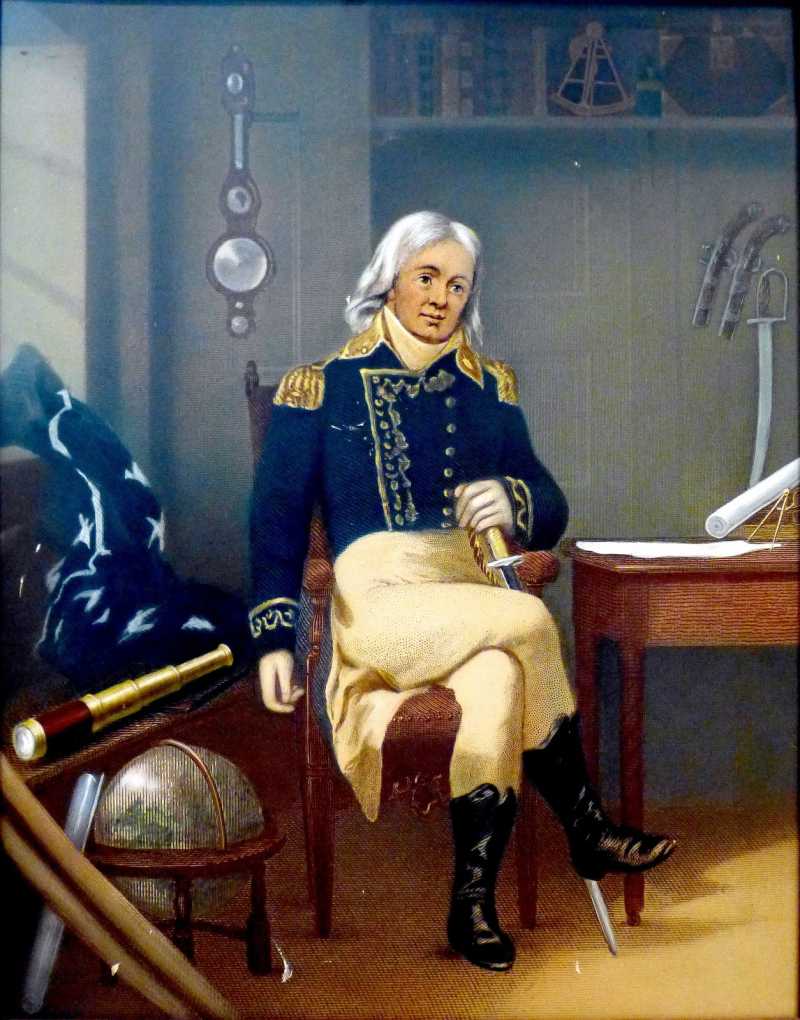
http://allencbrowne.blogspot.com/ 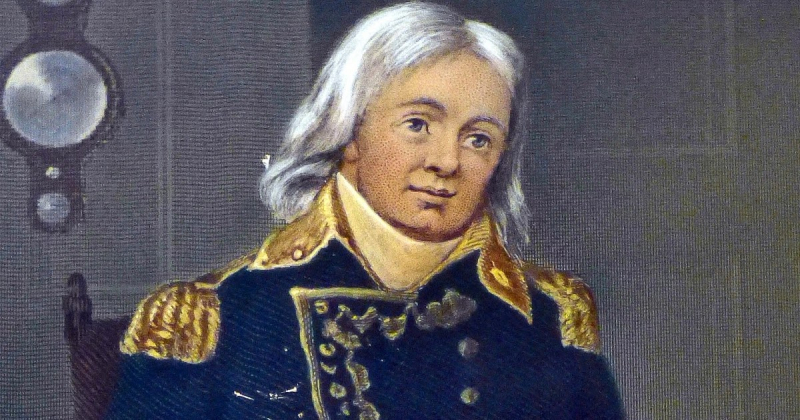
http://allencbrowne.blogspot.com












